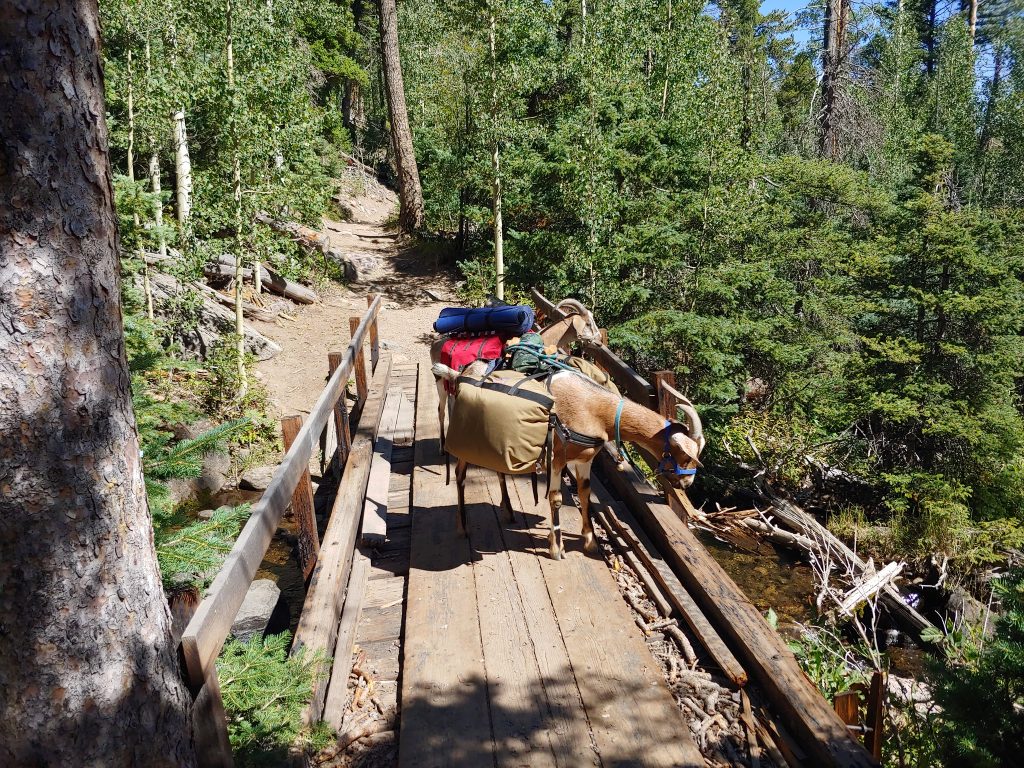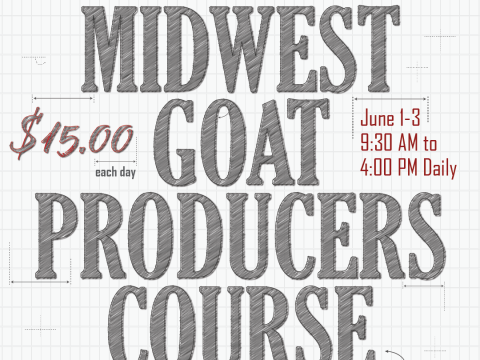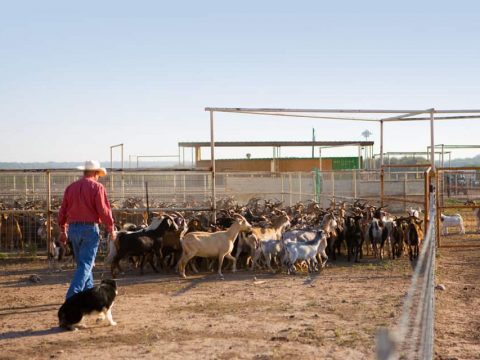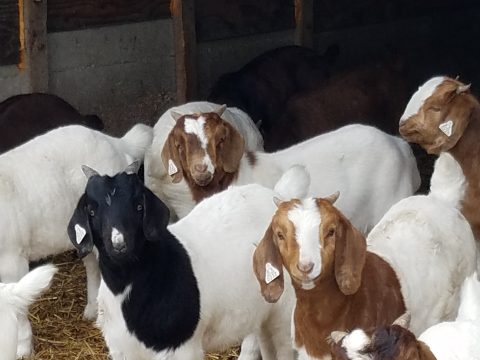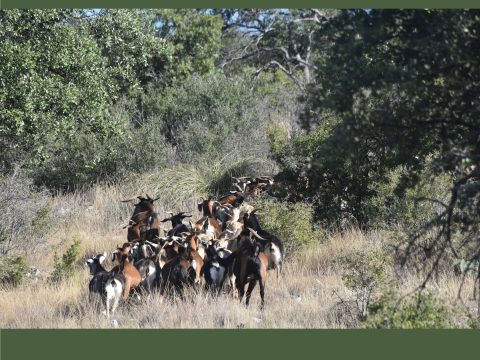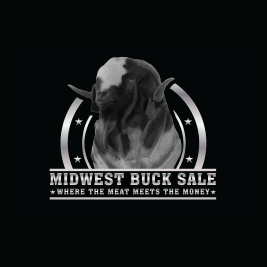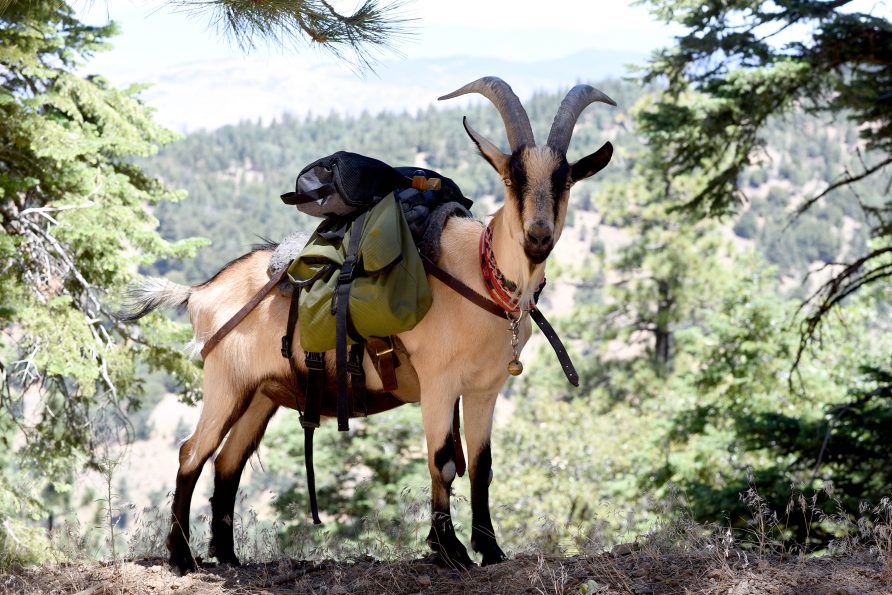
Pack goats and their wonderful purpose.
(Free Use Photos from Flicker and bing.com/images)
People have been using animals to carry loads for centuries now. Packing an animal turns out to be beneficial in context where modern transportation means are unavailable especially since pack animals tend to serve more than the original purpose for which they were intended, like serving as a food source (meat, milk). Typically equipped with hoofs to better traverse forested habitats, grasslands, the most traditional pack animals include camels, dogs, donkeys, elephants, goats, horses, llamas, mules, reindeer, oxen, sheep,water buffaloes, and yaks.
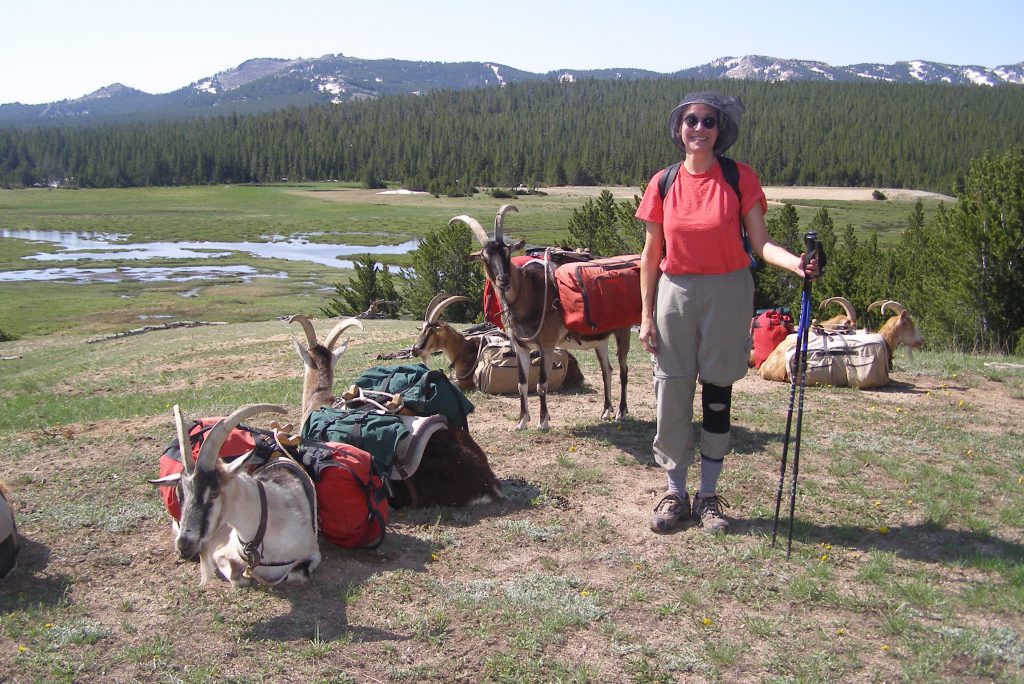
Goats can be trained and used as pack animals. This was popularized in the US by John Mionczynski of Atlantic City, Wyoming in the 1980s and 1990s. As early as the 1970s he developed a herd of large mixed-breed goats and used them to pack supplies for scientists working in the mountains and later, to carry food and gear for tourists on hiking trips.
Goat packing has now become popular with both young families and older individuals who want to go into the wilderness and need a means of transportation for all their gear. The use of pack goat is however restricted in some areas as they raise concerns about the disease-spreading potential they, domestic animals, may pose to wild animals such as mountain sheep and goats.
In the US, the most common goat species bred for packing is usually tall and lean and often belongs to one of the larger dairy goat breed such as Alpine, LaMancha, Oberhasli, Saanen, Toggenburg, or a crossbreed. It should, however, be noted that, any type of goat can be bred and trained to pack.
Training a goat to pack starts with investing in the purchase of the animal. Dairy breeds turn out to be the best option because of their longer legs and bigger frames. You might want to select an Alpine, LaMancha, Nubian, Oberhasli, Saanen, or Toggenburg,. If none of these breeds suit you, you might consider buying a male castrated wethered goat. Buying at least two goats is advisable as they need companionship; however, they will attach themselves to any other species if there is no other goat around. For a healthy pack goat, you will need between $150 to $500 and a monthly maintenance fee of about $50.
A healthy and good sized wethered goat is about 36” tall at the shoulders and weighs 200 pounds. In good conditions, one such goat can carry up to 25% of its body weight (~50 pounds) and travel 5 to 12 miles per day depending on the road’s field.
Training a pack goat is somewhat simple; you first need to make sure it is calm and accepts to be handled, then take some basic training steps: teach your goat to accept being tied, to follow you, to stand and to wear a pack saddle or saddlebag.
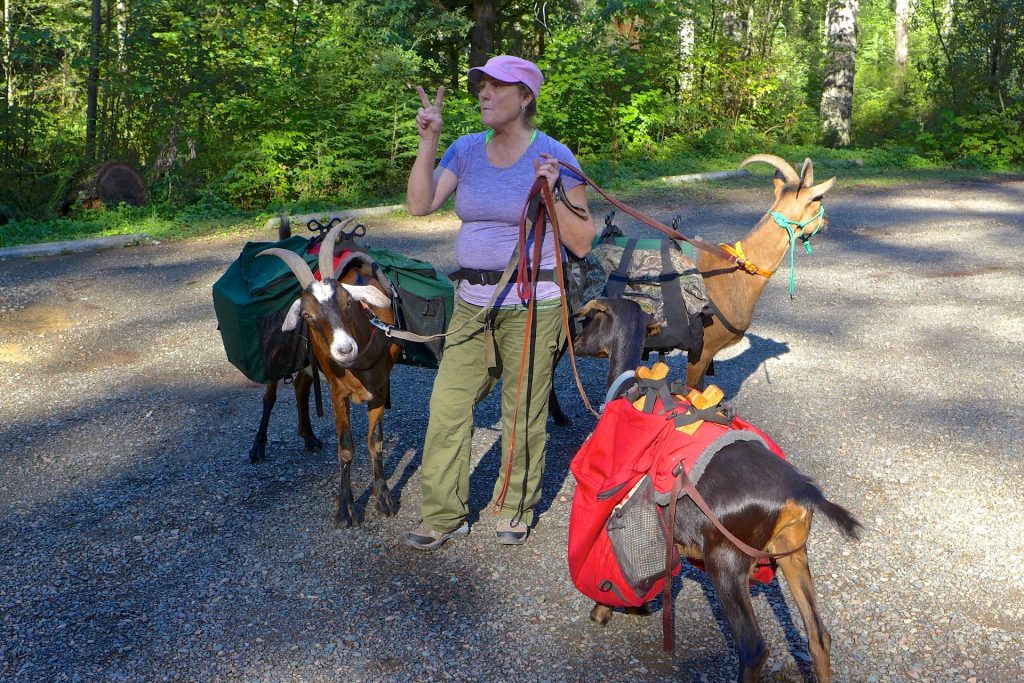
All photos are free use from Flicker and Bing images. They are representative of pack goats.


